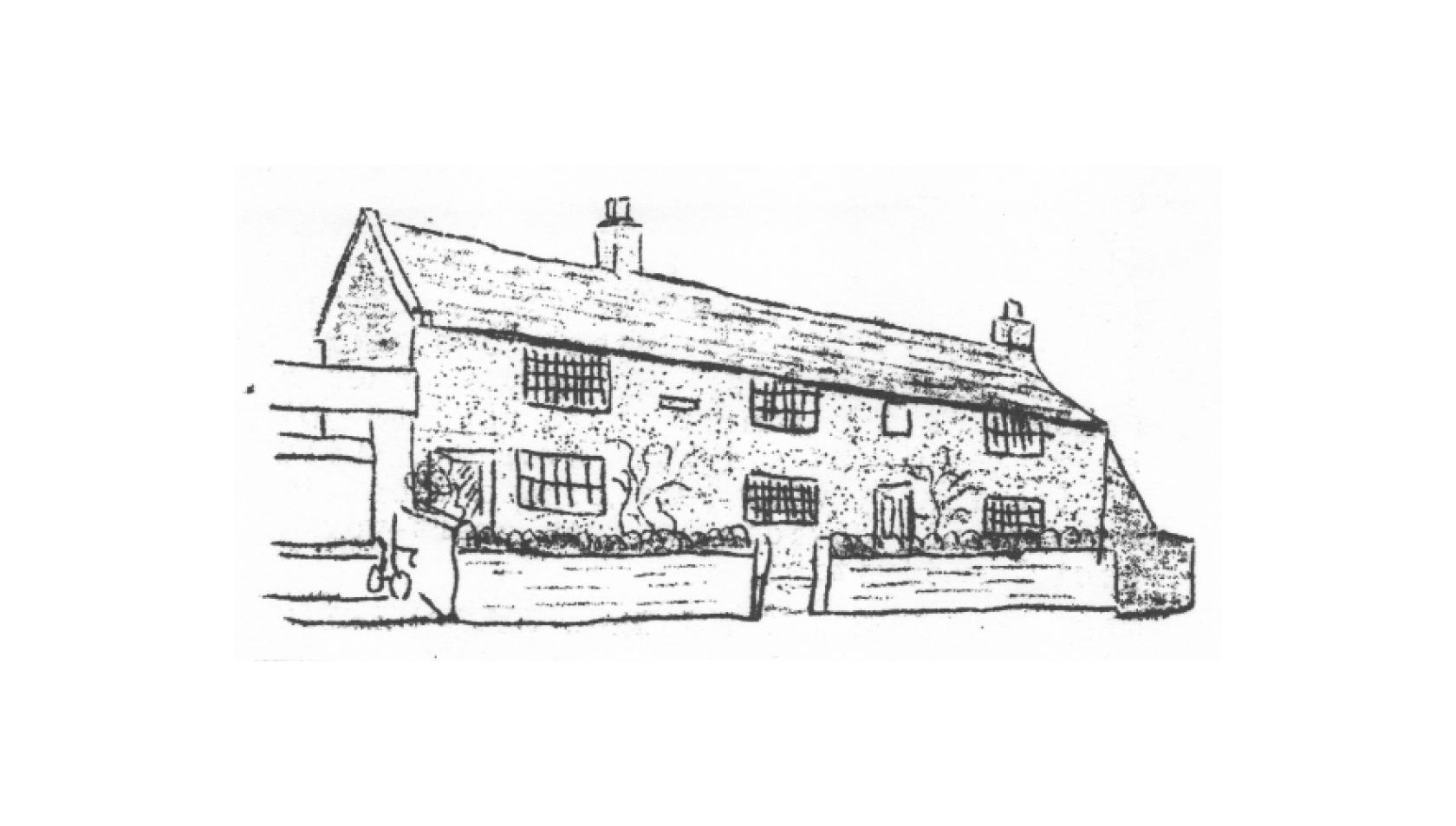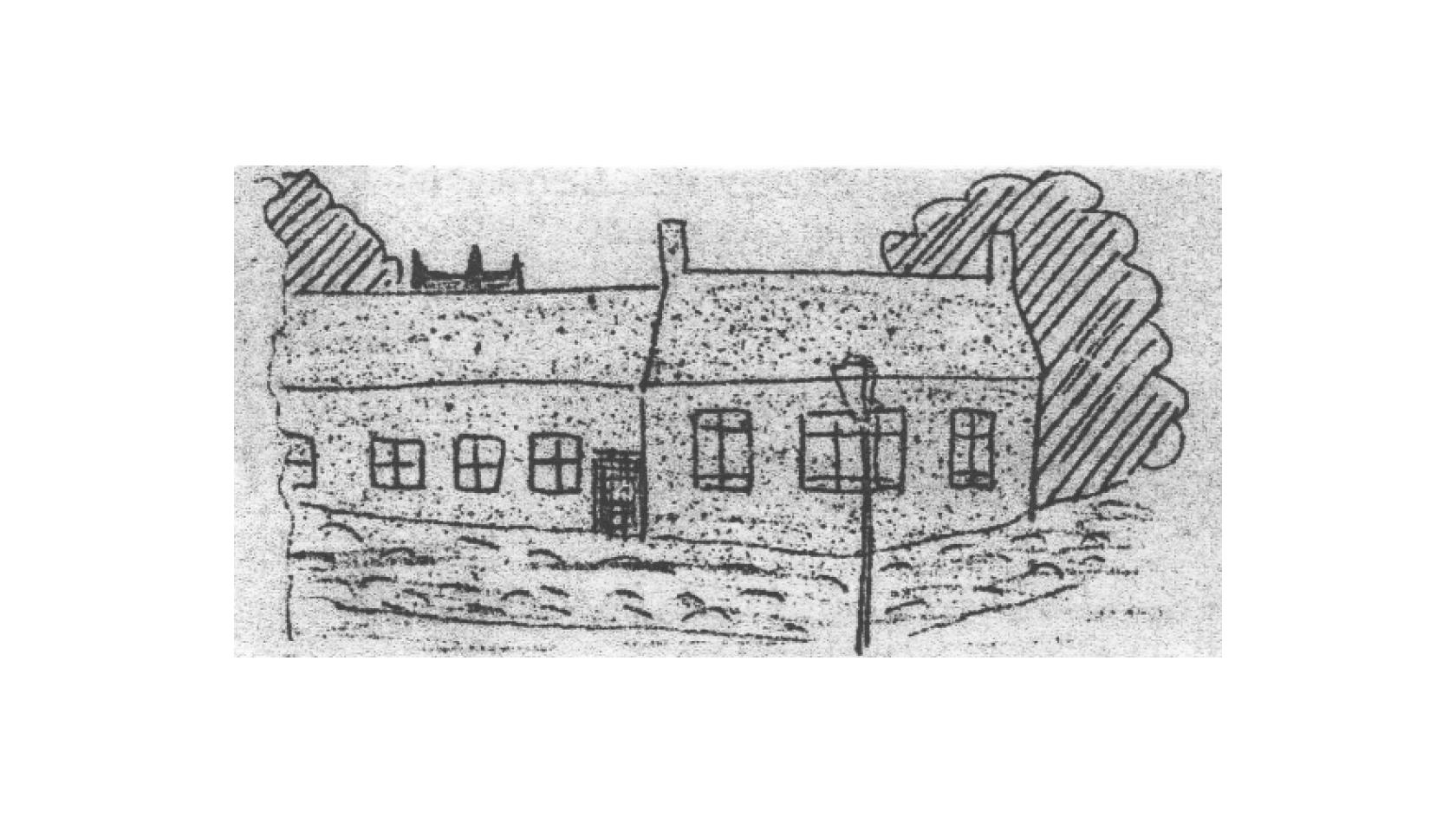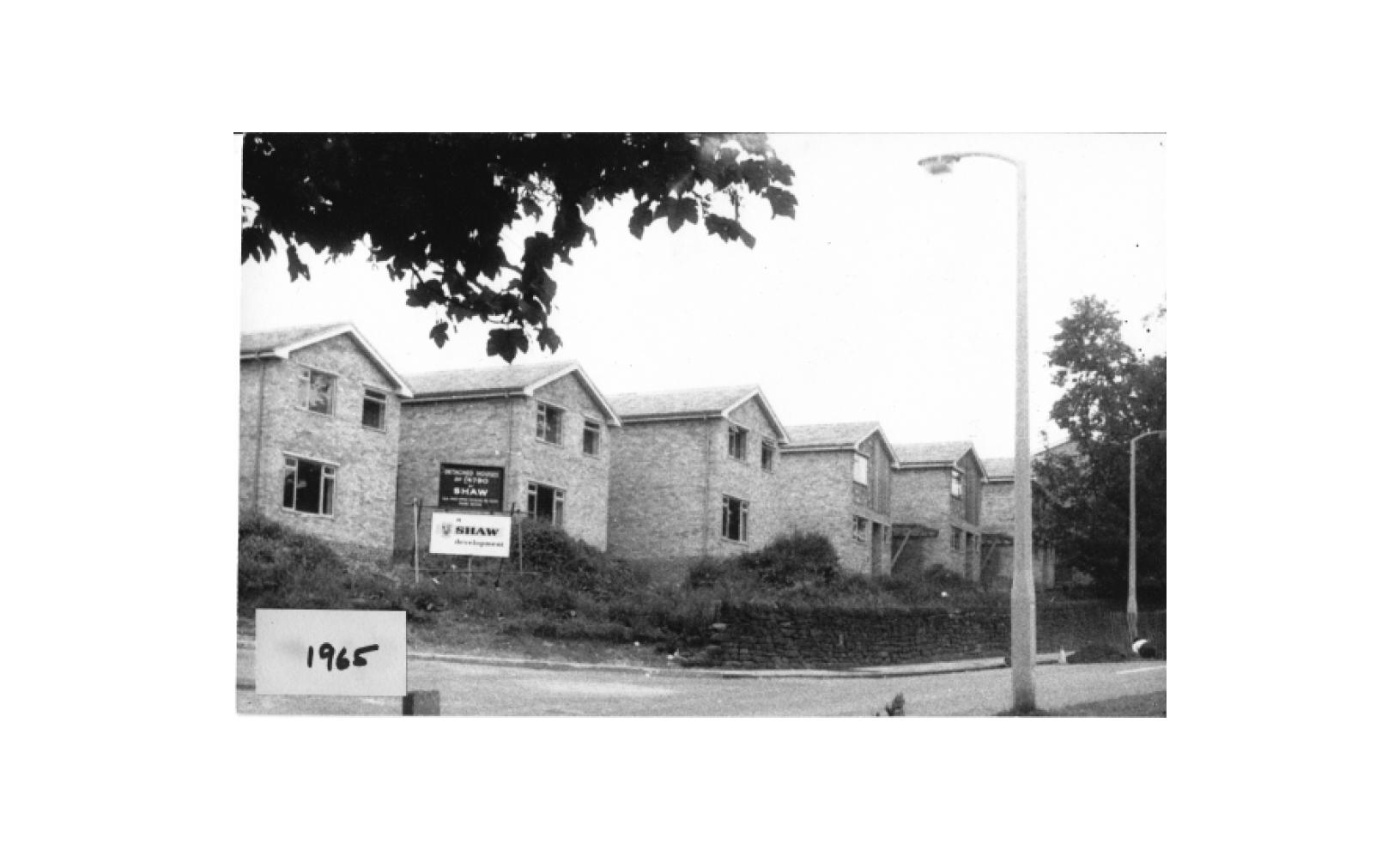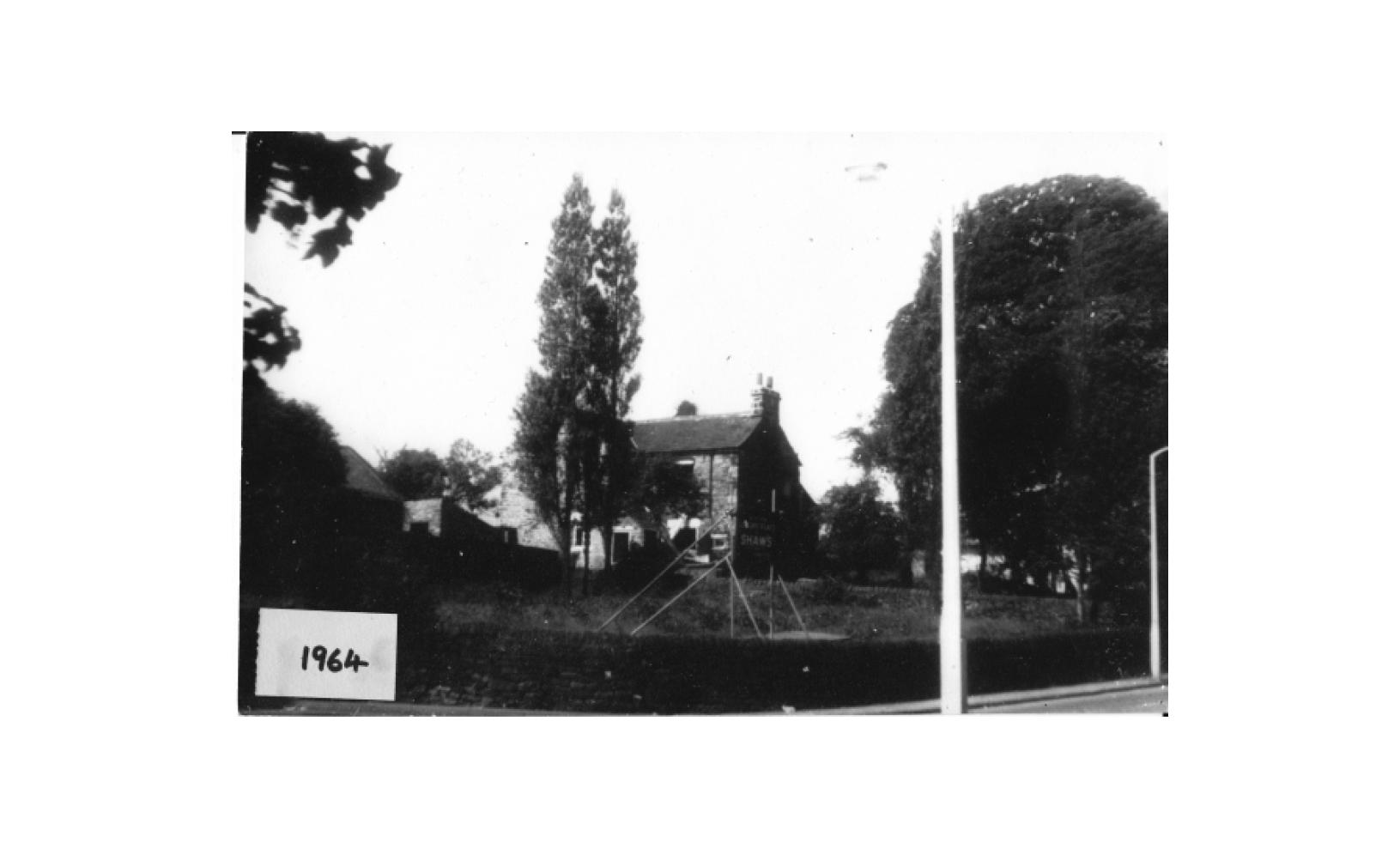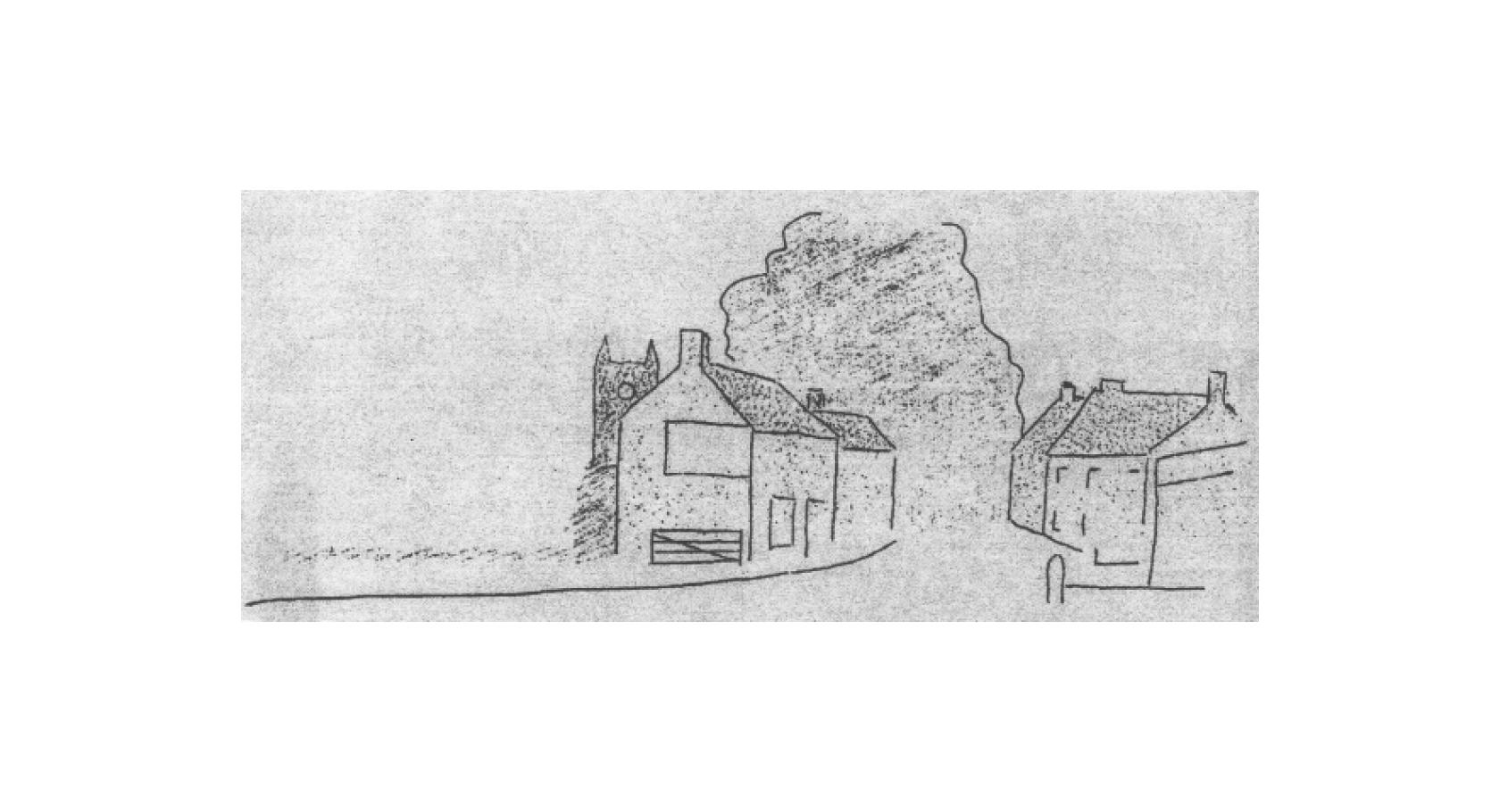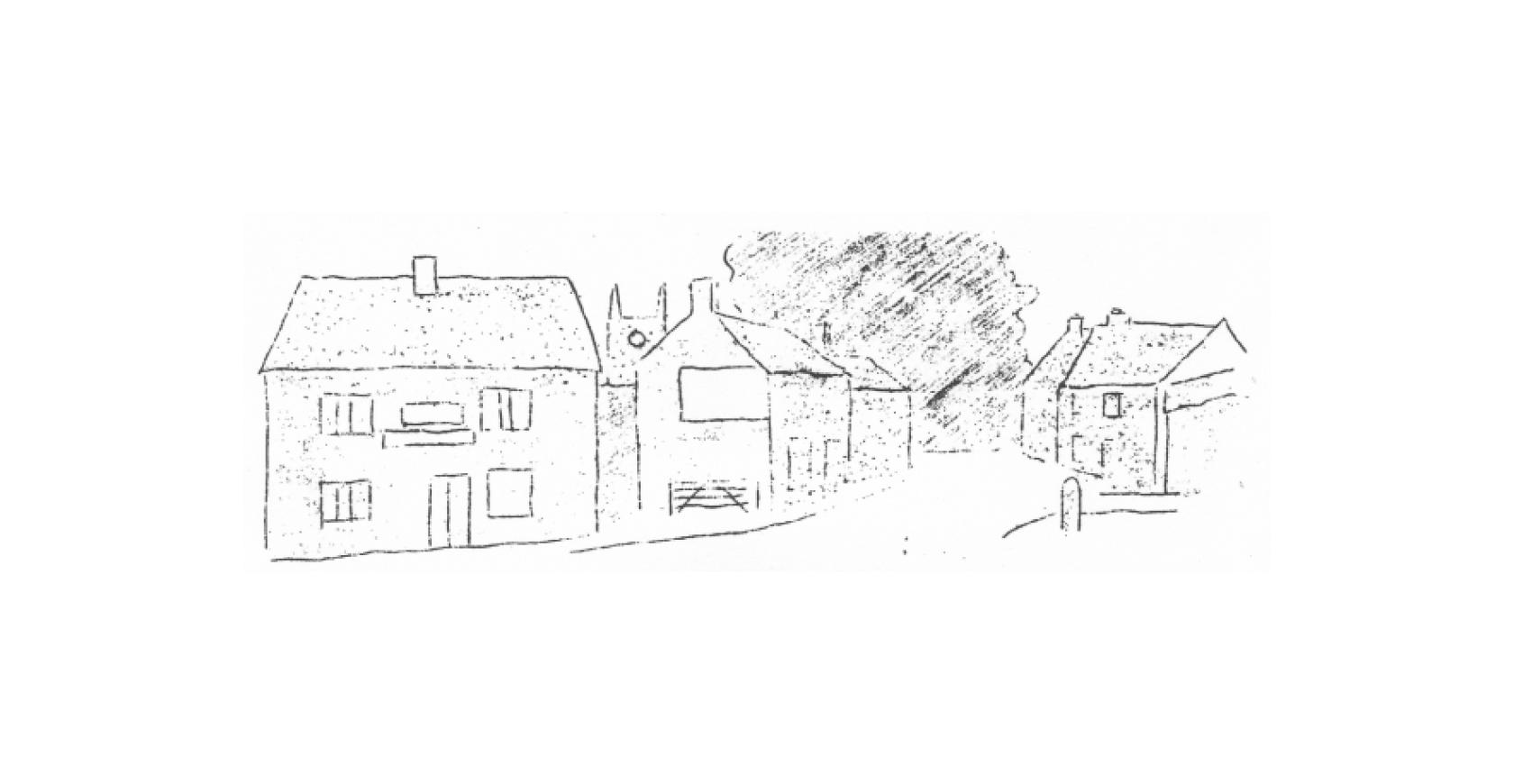Origins of the Dore Village Society
In the 1960s a small group of Dore friends (Betty and Julian young, Hazel and Sid Hoffman, Margaret and Alan Kilner, Joan and Michael Bassey) met every six weeks or so, in each others houses, as a discussion group, each in turn choosing a topic and leading the conversation. One evening in the early summer of 1964 Michael opened a discussion about the state of Dore, of the demolition of old cottages, and of traffic problems. It was decided to call a public meeting and, on 17th September 1964, at a crowded event in the Church Hall, the Dore Village Society came into being.
The invitation ‘to be a founder member’ proposed the aim as ‘to preserve and enhance those features and amenities which are of value to the community of Dore, and to encourage developments which will improve them.’ It was conceived as a conservation society. By November nearly 200 people had become members, with a subscription each of half-a-crown. A committee was formed with Sid Hoffman chairman, Michael Bassey secretary, Mrs M O Howes treasurer.
Newsletters were distributed to the membership reporting on Committee activities. These were typed on roneo stencils with my line drawings – the one on the left from Newsletter 1. Sadly Newsletter2 reproduced this sketch (right) with a gap where Moseley’s cottage has been demolished since the first meeting.
On the society’s website there is an early 20th Century photograph of this scene, with 8 young women in long black skirts and white blouses crossing the road and a haycart moving down the road. Then it belonged to Sam Thorpe – ‘broker corn factor and provision dealer.’ By the time of demolition it was known as Moseley’s cottage’.
Later newsletters carried sketches of Rose and Ivy cottages (next door to the Devonshire Arms and demolished in 1967 notwithstanding protestations from the society) and the Old School (now the society’s centre – as campaigned for in 1965).
From the start the Committee was active. As secretary I reported to the first AGM (in September 1965): “Your committee has met on 15 occasions for a total of 40 hours: has exchanged 70 letters with Sheffield Town Hall and various property owners, and issued 4 newsletters to members.” Major achievements were listed as: a development plan for the centre of the village; a ‘Doomsday’ survey of Dore footpaths classifying them as good, fair or poor; a plan for a cultural and social Village centre in the Old School – which had just become vacant on the opening of the new school; and the setting up of a Historical Group. I said that the Committee’s view was that “new buildings are inevitable, traffic is inevitable, but can we keep some of the charm of the old Village and create new dignity in the neighbourhood?’”.
The Committee elected at the 1965 AGM was: S Hoffman (chair), M Bassey (secretary), Mrs M O Howes (treasurer), WH Beynon, W S Brown, A Johnson, Mrs M M Stennett, and Mrs D Whiteley. Over the next few years it made representations to the appropriate authorities on traffic problems, car parking, roadside footpath maintenance, footways that should be widened to take prams, development of greens, tree planting, as well as attempts (rarely successful) to prevent the demolition of old millstone grit cottages.
One significant success was erecting, in July 1968, the memorial stone on the Village Green which commemorates the event of 829 AD – as recorded in the Anglo-Saxon Chronicle – when King Eanred of Northumbria ‘did submission’ to King Ecgbert of Wessex of Dore. Hazel and Sid Hoffman were the driving force as I recall.
(This note is written October 2014: I am now 82 and have unearthed a few of the early records of the Society – yes I’m a hoarder! My family and I lived in Dore at 2 Rushley Road from 1961 to 1967 and my daughter Katherine was born there. Present owners may be curious to know that I dug out the entrance to the under-house garage and rebuilt the millstone grit roadside wall: glad to see it is still standing! I was teaching food science across the valley at Totley Hall College of Education – now demolished. We left in February 1967 when I took a teaching post in the Regional College of Nottingham, which later became Nottingham Trent University. I was amused that estate agents called it Dore in 1961 but Dore Village by 1967 – following the Society they had re-designed it – probably enhancing the value of local property! What a joy to see how the Society if thriving with so much going on and an excellent website).
A collection of Michael's photos from around the centre of the village is also available by clicking here.
